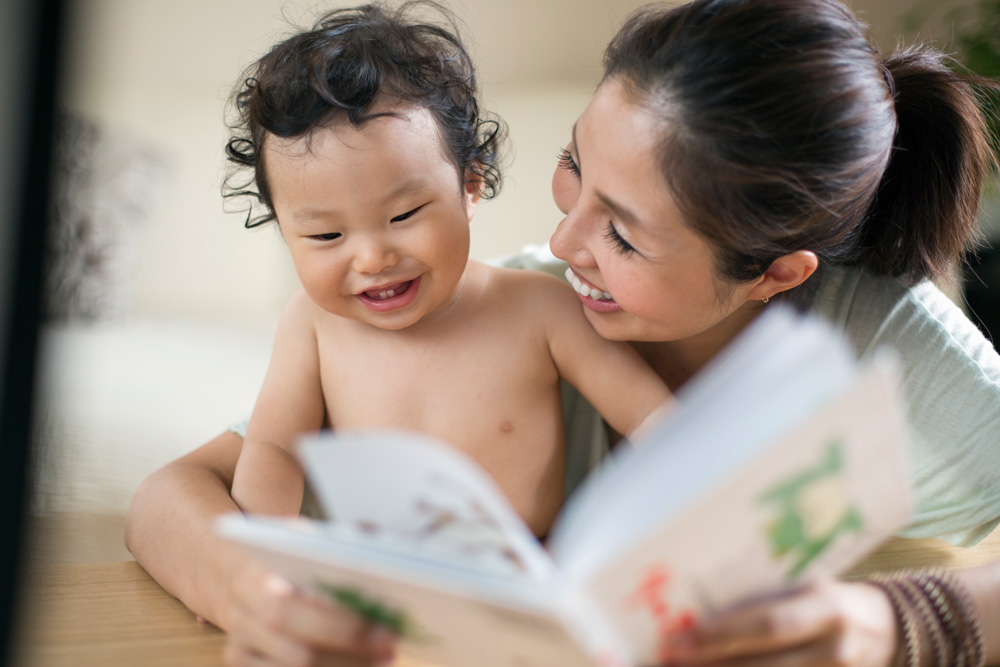
The Art of Baby Bedtime Fashion: Tips for Dressing Your Newborn for Sleep
Dressing your newborn for sleep is not just about style; it’s about ensuring their comfort and safety as they embark on a peaceful slumber. Newborns have unique sleep needs, and understanding how to dress them for bedtime is a crucial skill for parents.
In this article, we’ll explore the art of baby bedtime fashion, offering tips and insights on how to dress your newborn for a cozy and safe night’s sleep.
The Science of Sleep
Newborns need plenty of sleep, and their sleep patterns differ from adults. Understanding their sleep requirements is essential. Creating a safe sleep environment is vital. This includes the choice of sleepwear and bedding.
Choosing the Right Sleepwear
Opt for breathable, layered clothing for your newborn. This allows you to adjust their clothing based on the room temperature. Choose soft, natural fabrics like cotton or bamboo for your baby’s sleepwear. These materials are gentle on their delicate skin.
The Importance of Sleeping Bags
Sleeping bags are a safe alternative to loose blankets, providing warmth without the risk of covering your baby’s face. Sleeping bags offer the added benefit of swaddling, providing comfort and security for your baby.
Room Temperature Matters
Maintain a room temperature between 68-72°F (20-22°C) for your baby’s comfort. Use a room thermometer to ensure the right conditions. Dress your baby in sleepwear that corresponds to the room temperature. More layers are needed in colder rooms.
Avoid Overheating
Recognize signs of overheating in your baby, such as sweating or feeling hot to the touch. Overheating can be dangerous. Dress your baby in lightweight layers to prevent overheating. Sleeping bags with different tog ratings can help regulate their temperature.
Footed Sleepers and Onesies
Footed sleepers are convenient for keeping your baby’s feet warm without the need for socks. Onesies are versatile and can be layered under sleeping bags or sleepers for extra warmth.
Dressing for Bedtime Routine
Establish a consistent bedtime routine, including dressing your baby for sleep. This signals to them that it’s time to rest. Incorporate calming activities like a warm bath, gentle lullabies, or bedtime stories into your routine.
Safe Sleep Environment
Ensure the crib is free from loose bedding, pillows, stuffed animals, and bumper pads. A firm mattress and fitted sheet are all your baby needs. Always place your baby on their back for sleep. This reduces the risk of Sudden Infant Death Syndrome (SIDS).
Monitoring Your Baby’s Comfort
During the night, check on your baby’s comfort by feeling their neck or back. They should be warm but not overheated. A baby sleep monitor with temperature and humidity sensors can provide you with real-time information about your baby’s sleep environment.
Growth and Changing Needs
As your baby grows, their sleepwear needs may change. Regularly check for signs that their clothing is becoming too small. If you’ve been swaddling your baby, you’ll need to transition to sleeping bags or wearable blankets as they grow and start to roll.
Celebrating the Bedtime Routine
Celebrate the small moments in your bedtime routine, like your baby’s first full night’s sleep or the first time they sleep in their crib. Document your baby’s journey through pictures and journals to create memories that last.
Conclusion
The art of dressing your newborn for sleep involves a delicate balance of style, comfort, and safety. Creating a secure sleep environment with essential baby cot products is vital for their well-being.
To explore a range of baby cot products and other essential baby items designed to enhance your baby’s sleep experience, visit our online shop. With our commitment to safety and quality, you can trust that our products can help you master the art of baby bedtime fashion.

Your Guide to the Best Baby Cots Singapore Parents Will Love

The Power of Play: Bonding and Learning Through Interaction with Your Baby









